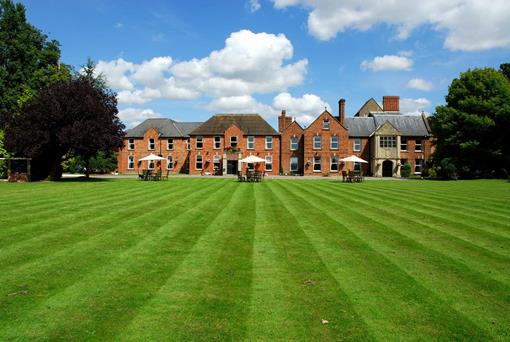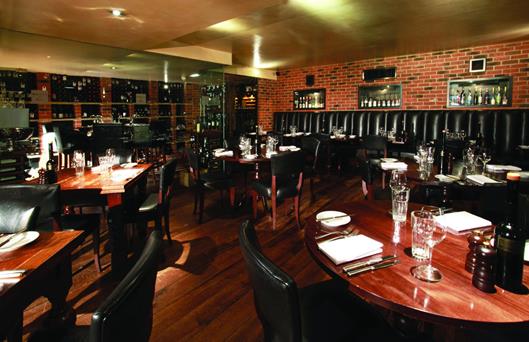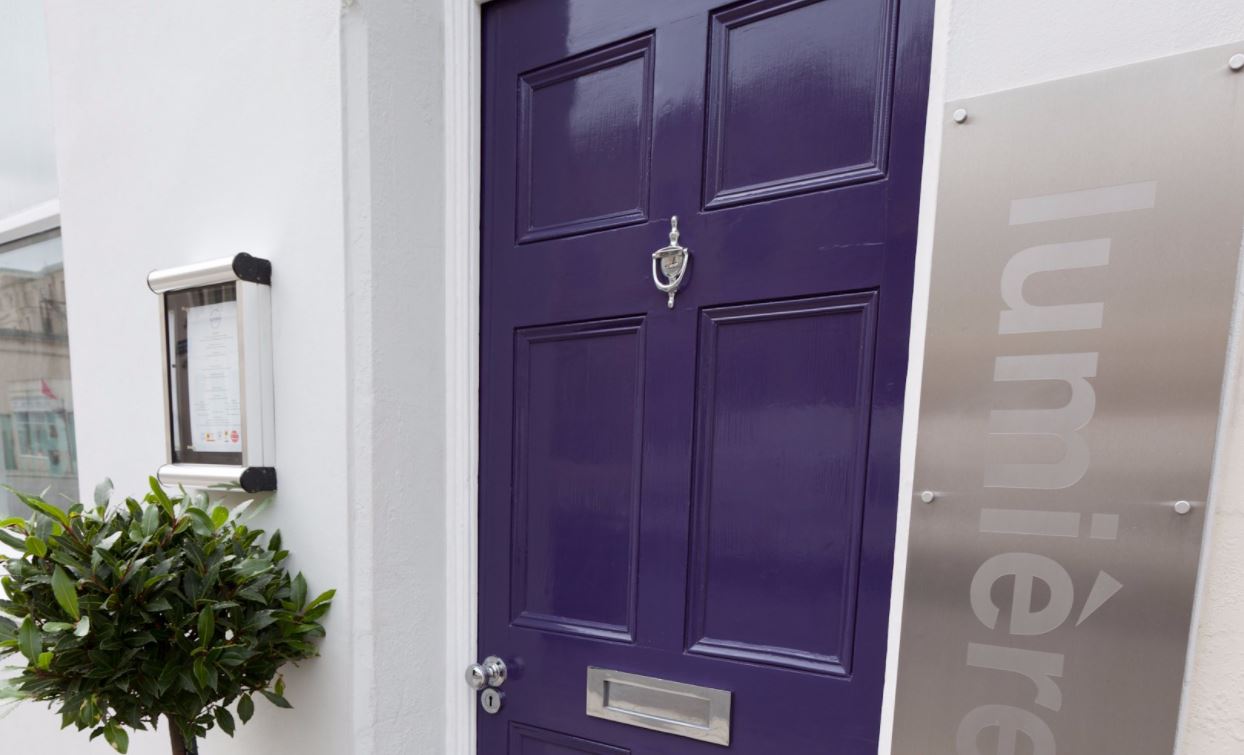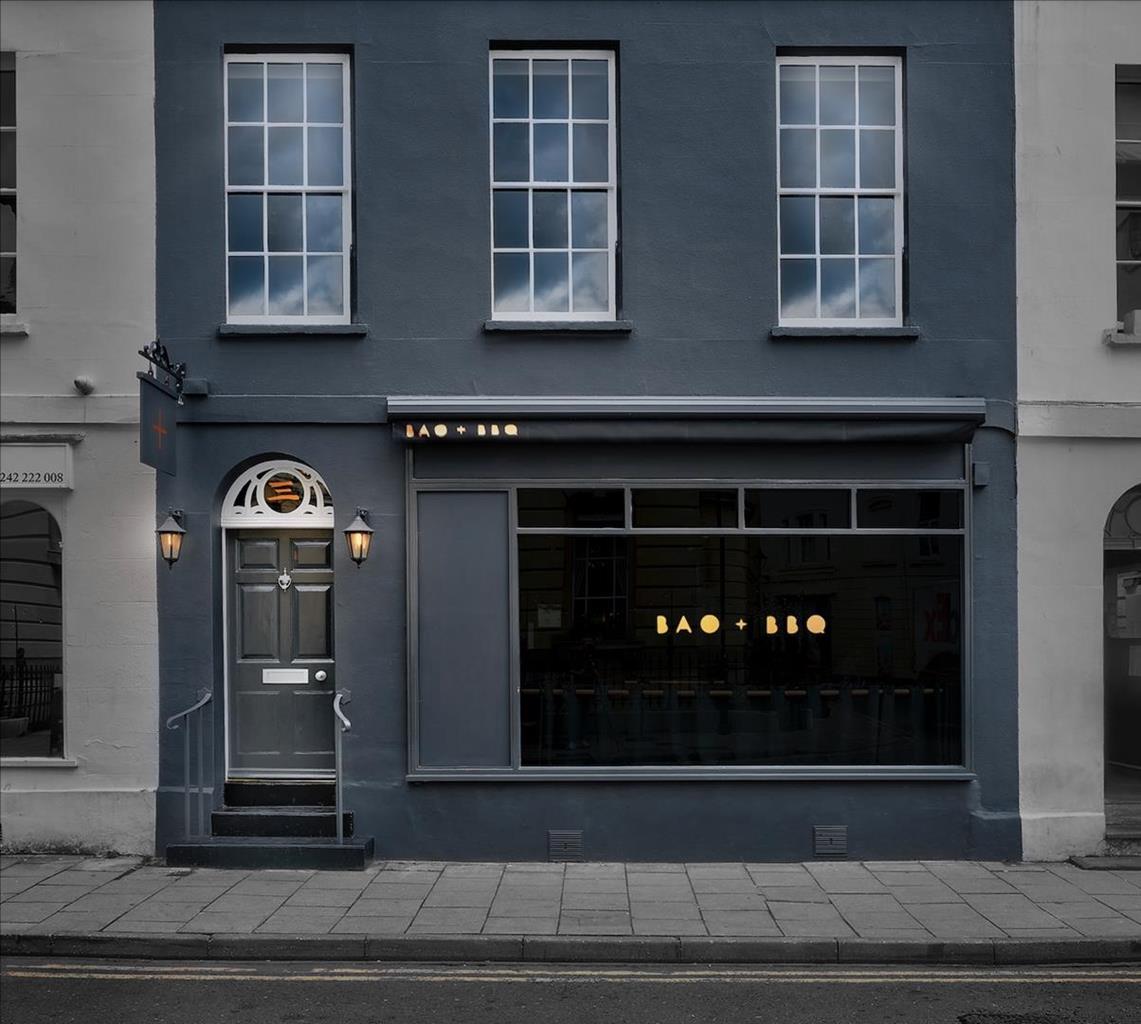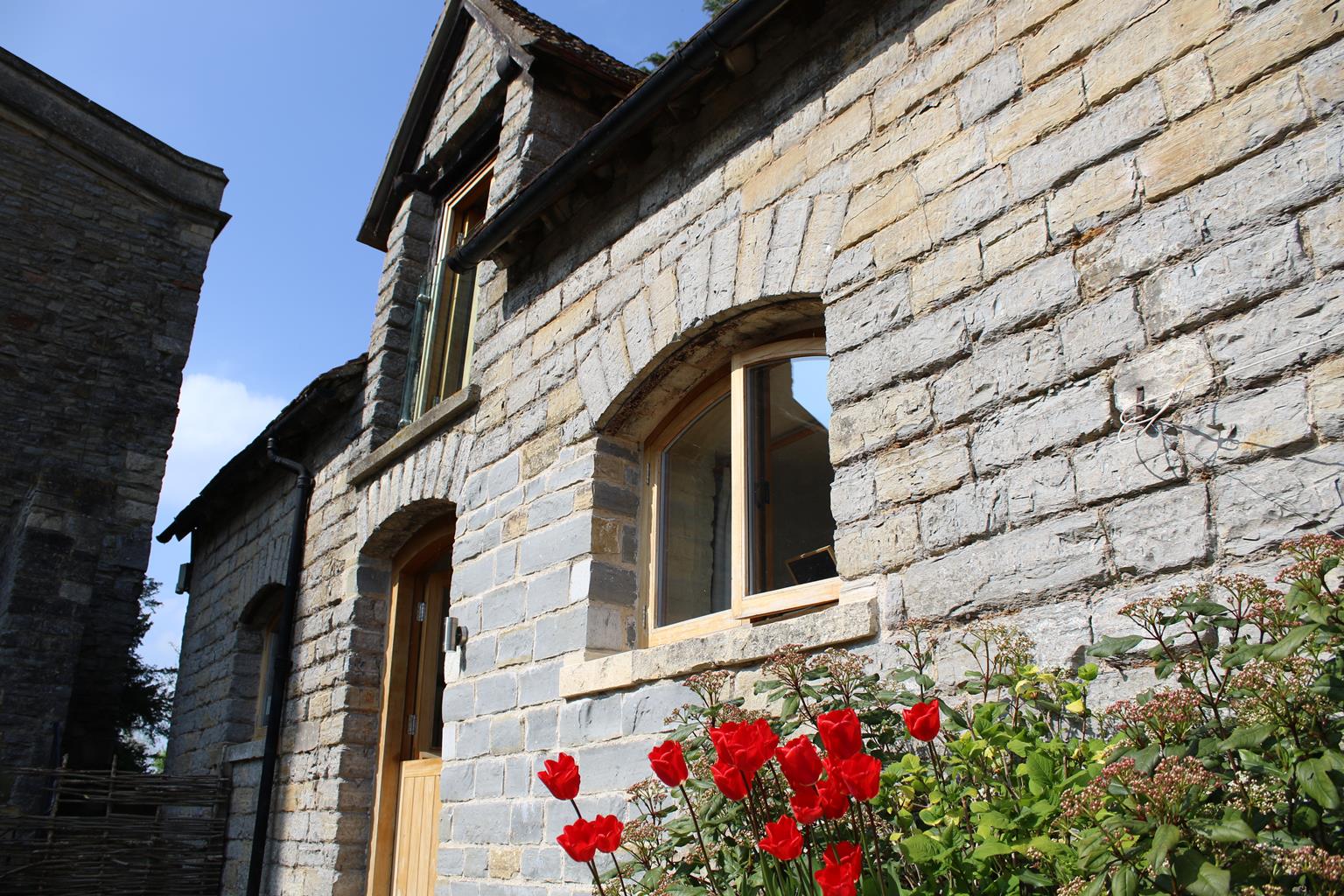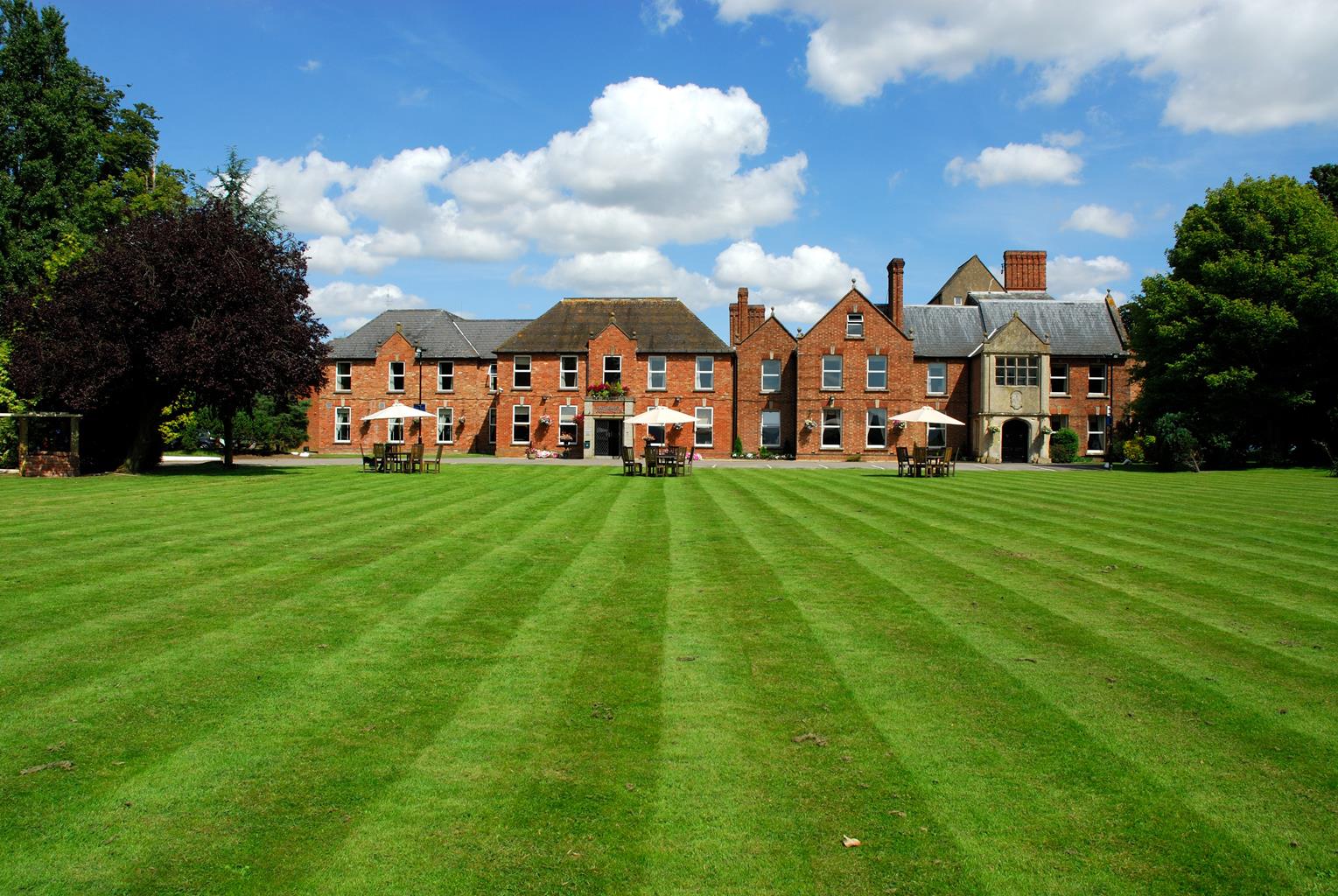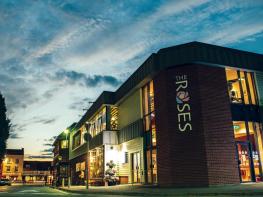Birds Nest Cottage is situated on a traditional working farm in the heart of the Gloucestershire…
On the Severn Way at Deerhurst

3.25 miles (5.3kms)
About the walk
Deerhurst, a small, pretty village on the banks of Britain’s longest river, the Severn, is endowed with a chapel and a church of particular, if not unique, significance. Both buildings hark back to that poignant period of English history immediately before the Norman Conquest. At the time of their arrival in the 5th and 6th centuries ad (after the withdrawal of the Romans), the Saxons were a pagan people. They were gradually converted to Christianity through the influence of St Augustine and the preaching of the British or Celtic Church. Deerhurst was in the Saxon kingdom of Hwicce, an area that was converted to Celtic Christianity by Welsh missionaries.
In ad 800 Aethelric, ruler of Hwicce, was inspired by a visit to Rome – on his return he set aside a large acreage of land at Deerhurst for the construction of a monastery. The monastery became the most important in Hwicce, and one of its monks, Alphege, would become Archbishop of Canterbury. The monastery was partially destroyed by the Danes in the 9th century, and finally levelled at the time of the Dissolution. However, the monastery church at Deerhurst, once as important as Gloucester and Tewkesbury, has survived as the finest Saxon church in England. It contains some 30 Anglo-Saxon doors and windows, as well as a 9th-century font. The Deerhurst Angel, located outside on the east wall, dates from the 10th century
A short distance from the church is Odda’s Chapel, one of only a handful of wholly Saxon buildings left in England. It takes its name from Earl Odda, a kinsman of Edward the Confessor. When his brother, Aelfric, died at Deerhurst in 1053, Odda had this chapel built, to be used as an oratory and to be served by the monastery monks. It owes its survival entirely to chance. The monastery and chapel eventually became the property of Westminster Abbey. The chapel was deconsecrated and subsumed into the adjoining abbot’s house. After the monastery’s dissolution in 1540, the abbot’s house became a farmhouse, and the existence of the chapel was quite forgotten. It was only in 1885, during restoration work on the house, that the chapel was rediscovered and its significance understood. The building you see today is one of great simplicity – a stone room with high walls and only two windows – but its antiquity, its location, and its almost pristine state are awe-inspiring.
Nearby, and also visited on this walk, is the scattered village of Apperley. Here you’ll see some very fine timbered houses, one of which was once the post office. The Coalhouse Inn, on the river bank, was built in the 18th century to cater for bargees who were transporting coal from the Forest of Dean upriver to Gloucester and Tewkesbur
Walk directions
With Odda’s Chapel behind you, turn left and then right through a gate to walk along a track as far as the river bank. Turn left to follow the Severn Way. Continue through a number of gates and over stiles, following an obvious path (sometimes a little overgrown), with the river always close by on the right. Eventually you reach The Coalhouse Inn, set back a little to the left.
Turn left after the pub to follow a road. Once behind the pub turn right on a track for a few paces. When it veers left, go straight ahead to a stile and cross into a field. Continue to another stile. In the following field go uphill to find another stile at the top, beside a gate. Go over and follow the right-hand margin of the field to another gate. Go through, and continue to the road in Apperley.
Turn left to walk through the village. At a four-way signpost turn right, heading along Sawpit Lane towards Tewkesbury.
Just before the village hall turn left and walk across the playing fields to a double stile. Cross and stay on the same line to the far side of the field. Follow the enclosed path through a tunnel of trees and beside fencing. This eventually brings you to a stile at a lane.
Go over to the lane and turn sharp right to a gate. Once in the field turn left to come swiftly to another stile. Cross this to enter another field and then walk down, crossing a dilapidated stile by a gate and a stile to the right of a house. Go ahead, then, after passing new barns on your right, find a kissing gate and fingerpost in the hedge to your left. (Odda’s Chapel is visible beyond.) At the road turn right.
Continue to a flood gate. Turn left to walk atop further flood defences alongside a private garden. Go through a gate into a meadow and continue diagonally right, heading for a stile and gate beside Odda’s Chapel and the timbered building next to it. This will bring you to a gate by your starting point.
Additional information
Fields, pavement and riverbank, many stiles
Hills, villages and river
Lead required around occasional livestock
OS Explorer 179 Gloucester, Cheltenham & Stroud
Car park outside Odda's Chapel
None on route
WALKING IN SAFETY
Read our tips to look after yourself and the environment when following this walk.
Find out more
Also in the area
About the area
Discover Gloucestershire
Gloucestershire is home to a variety of landscapes. The Cotswolds, a region of gentle hills, valleys and gem-like villages, roll through the county. To their west is the Severn Plain, watered by Britain’s longest river, and characterised by orchards and farms marked out by hedgerows that blaze with mayflower in the spring, and beyond the Severn are the Forest of Dean and the Wye Valley.
Throughout the county you are never far away from the past. Neolithic burial chambers are widespread, and so too are the remains of Roman villas, many of which retain the fine mosaic work produced by Cirencester workshops. There are several examples of Saxon building, while in the Stroud valleys abandoned mills and canals are the mark left by the Industrial Revolution. Gloucestershire has always been known for its abbeys, but most of them have disappeared or lie in ruins. However, few counties can equal the churches that remain here. These are many and diverse, from the ‘wool’ churches in Chipping Campden and Northleach, to the cathedral at Gloucester, the abbey church at Tewkesbury or remote St Mary’s, standing alone near Dymock.
Nearby stays
Restaurants and Pubs
Nearby experiences
Recommended things to do
Why choose Rated Trips?
Your trusted guide to rated places across the UK
The best coverage
Discover more than 15,000 professionally rated places to stay, eat and visit from across the UK and Ireland.
Quality assured
Choose a place to stay safe in the knowledge that it has been expertly assessed by trained assessors.
Plan your next trip
Search by location or the type of place you're visiting to find your next ideal holiday experience.
Travel inspiration
Read our articles, city guides and recommended things to do for inspiration. We're here to help you explore the UK.


